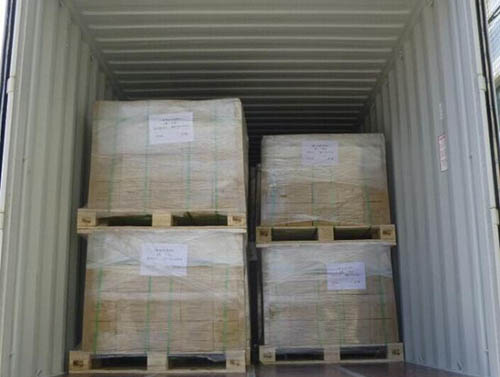A battery storage project in Oxnard, California. Arevon Asset Management
Last year saw a record buildout of energy storage in the U.S., with battery and thermal storage growing by 73 percent, a new report finds. Lithium Ion Marine Battery

As the U.S. shifts to renewable power, utilities are looking to deploy more energy storage to balance out the peaks and troughs in solar and wind generation. Last year, renewable energy — include hydropower — comprised nearly a quarter of the U.S. power supply, according to a new report from BloombergNEF and the Business Council for Sustainable Energy. Wind and solar power are both cheaper, on average, than gas and coal power, and they accounted for the bulk of new power additions last year.
The report finds that “pairing renewables with storage is becoming a common cost-effective option to displace fossil fuel projects.” Historically, utilities have turned to pumped hydro for energy storage. These projects use surplus energy to pump water to an uphill reservoir, where it is later used to generate hydropower.
Increasingly, utilities are turning to thermal storage, which stores surplus energy as heat, and lithium-ion batteries. Last year, the U.S. added a record 4.8 gigawatts of thermal or battery storage, bringing its total capacity to 11.4 gigawatts, enough to power more than 8 million homes.
Utilities across the country have cited energy storage in their long-term planning, the report finds, noting that despite recent supply-chain issues, “the U.S. remains the largest demand market for energy storage in the world.”

Deep Cycle Solar Battery In Boost for Renewables, Grid-Scale Battery Storage Is on the Rise